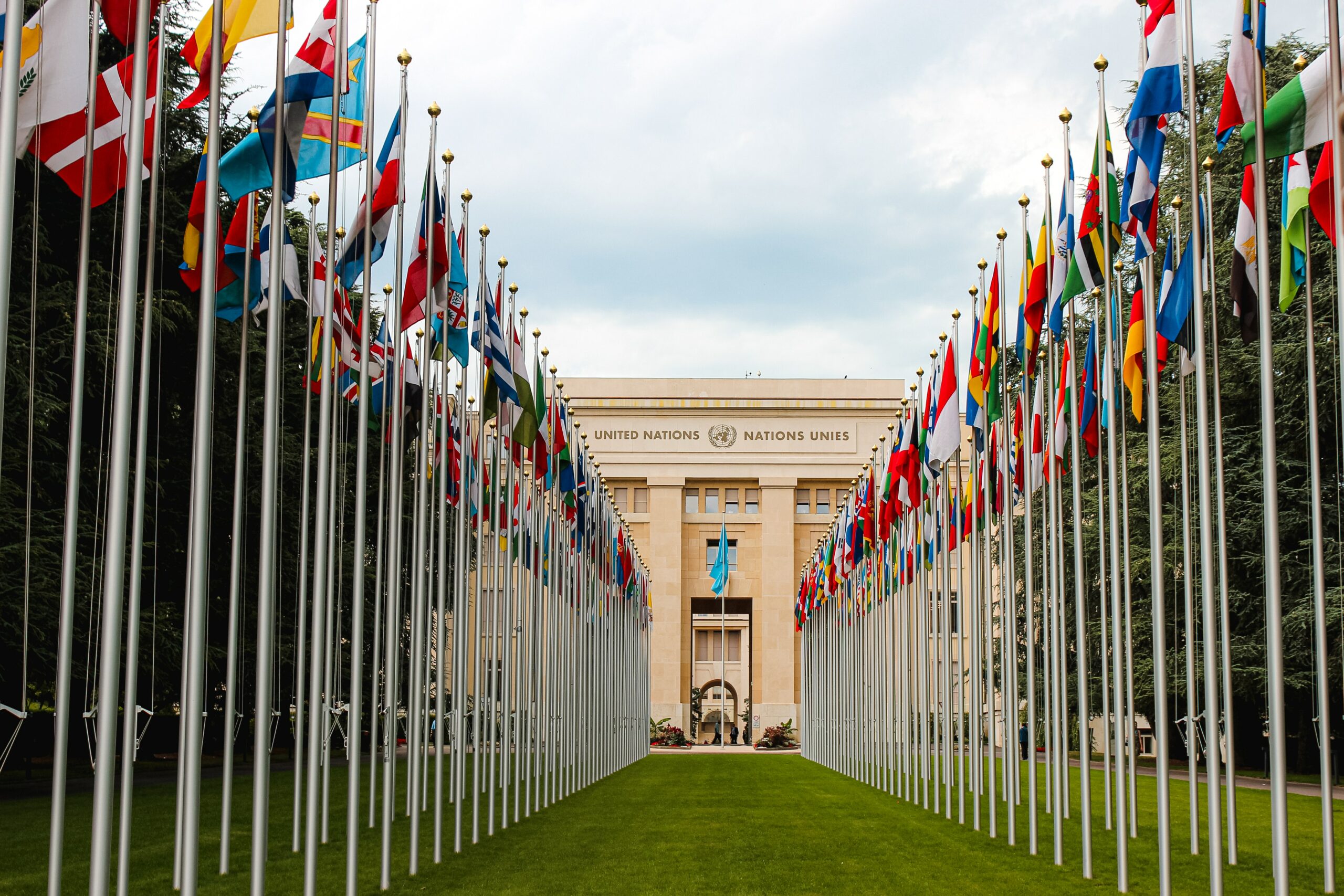Debating Nuclear Disarmament at U.N. First Committee
Nuclear disarmament is always a hot topic at the U.N. General Assembly First Committee, which wrapped up its annual four week discussion on disarmament and international security issues on Nov. 3. This year’s debate was no exception.
The meeting took place against the backdrop of the ongoing COVID-19 pandemic, persistent nuclear weapon modernization by all nuclear weapon possessor states, and enduring risks of nuclear proliferation, nuclear arms races and nuclear conflict. Nuclear disarmament proponents cited these challenges in their First Committee engagements seeking the urgent achievement of eliminating nuclear weapons.
A nuclear-weapon-free world isn’t simply an end in itself. It will enable national resources currently applied to the perpetuation of nuclear deterrence ― the constant readiness to engage in armed conflict involving inhumane weapons of mass destruction, to which no adequate humanitarian response is feasibly possible ― to instead be applied to pressing humanitarian and development goals, such as preparedness to respond to deadly global pandemics and the existential risks from climate change.
Nuclear disarmament isn’t just some lofty, peacenik ambition. The Nuclear Nonproliferation Treaty (NPT), routinely touted as the cornerstone treaty underpinning the international legal regime regulating nuclear weapons, mandates nuclear disarmament for the five nuclear-weapon states that it recognizes.
The differences of opinion among states ― and between the nuclear weapon possessor states and their nuclear alliance partners, and the majority, non-nuclear weapon states ― on progress in achieving that disarmament mandate and the goal of a nuclear-weapon-free world including nuclear-armed states outside the NPT regime, were laid bare in the First Committee sessions.
The First Committee meeting was the first multilateral forum on nuclear weapon issues since the Treaty on the Prohibition of Nuclear Weapons (TPNW), which bans nuclear weapons outright under international law, entered into force on Jan. 22, 2021. The frank exchange of views on nuclear disarmament in the First Committee foreshadowed the deliberations to come at the upcoming Tenth NPT Review Conference in January 2022, the first NPT meeting to contend with the TPNW in force, and at the TPNW’s first meeting of states parties in March 2022.
Those states that are steadily expanding their nuclear weapons stockpiles, delivery systems and nuclear use postures, as well as those who perceive that they enhance their security under a nuclear umbrella toted by their nuclear allies, argue that the NPT disarmament obligation, in Article VI of that treaty, will be fulfilled in the longer-term but that it must be predicated on significant improvement in the global security environment that are not yet achievable.
It is debatable how the expansion and modernization of nuclear arsenals are steps forward towards disarmament, or even compatible with Article VI of the NPT. Nuclear weapon possessor states maintain that a ban on nuclear weapons is a threat to the global international nuclear legal order and to their security, and oppose the TPNW at every opportunity despite not (yet) being subject to its provisions.
The First Committee debates predictably played out in this way. TPNW detractors voted against any reference to the TPNW in the draft resolutions agreed at the meeting. But was any progress or consensus achieved? It is useful to bear in mind that “progress” can also entail holding the line, or merely incremental improvements.
The participating states in the Stockholm Initiative for Nuclear Disarmament ― which includes South Korea ― spoke in support of their proposals (“stepping stones”) for “practical and viable measures that can and should be taken now to advance nuclear disarmament” in advance of the 10th NPT Review Conference. The measures concern minimizing the risk of conflict and accidental nuclear weapon use, diminishing the role of nuclear weapons in security policies and doctrines, and enhancing nuclear disarmament verification. Given the challenges and the stakes involved, such bridge-building with the NPT nuclear weapon states could be constructive.
There was a positive outcome for the issue of nuclear disarmament verification when the committee took a decision to request the U.N. Secretary-General to convene two additional sessions of the U.N. group of government experts on the matter as well as an informal inter-sessional consultative meeting, to compensate for meetings that were suspended due to COVID-19 travel restrictions.
The committee also heard statements about nuclear disarmament verification being carried out through state-led initiatives, such as the International Partnership for Nuclear Disarmament Verification (IPNDV). Civil society organizations such as VERTIC are also engaged in nuclear disarmament verification training and capacity-building initiatives, in cooperation with supportive states.
These incremental developments must be viewed in the context of the difficulties in holding the line against attempts to water down longstanding interpretations of legally-binding disarmament obligations. Arguably the most contentious draft resolution, due to the need to have individual votes on 18 of its provisions, concerned joint courses of action and future-oriented dialogue towards a world without nuclear weapons. It seems much more work is needed to achieve joint courses of action on a nuclear-weapon-free world.
The First Committee’s draft resolutions will be considered for adoption at the General Assembly session in December.
Angela Woodward is deputy executive director of VERTIC and a board member of the Asia-Pacific Leadership Network for Nuclear Non-Proliferation and Disarmament (APLN). Her article is published in cooperation with the APLN (www.apln.network). The opinions articulated above represent the views of the author and do not necessarily reflect the position of VERTIC.
Disclaimer: The opinions articulated above represent the views of the author(s) and do not necessarily reflect the position of the Asia Pacific Leadership Network or any of its members.
This article was published in The Korea Times on 24 November 2021 as part of a dedicated, regular Korea Times column with analysis by APLN members on global issues. You can find the original post here.
Photo by Mathias P.R. Reding from Pexels

